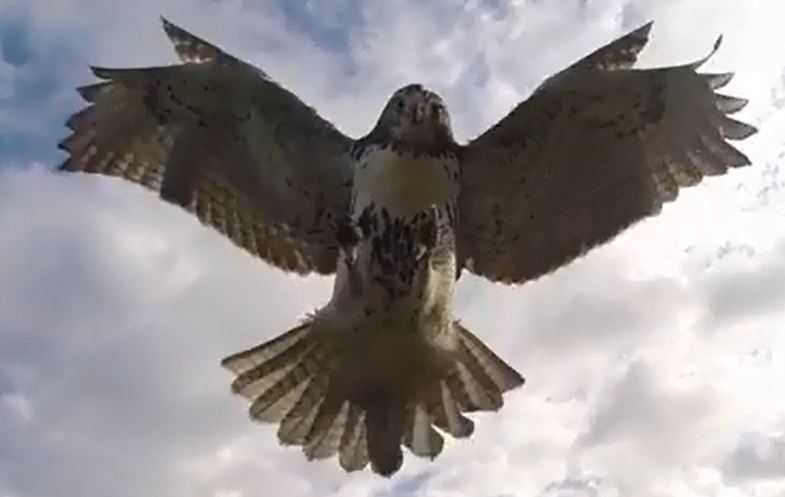French Researchers Bother Birds With Drones, For Science
Ecologists study how wildlife-studying drones affect the creatures

Everyone from filmmakers to drug traffickers knows that drones are useful for innumerable tasks. Scientists have started using drones in ecological research, monitoring animals in places that are too remote or delicate to visit in person. Although Federal Aviation Administration (FAA) guidelines for drones are imminent, researchers don’t yet have any guidelines for how to use drones around wildlife, and they don’t understand much about the animals themselves can be affected. In a study published recently in the journal Biology Letters, a team of French researchers set out to test some of these questions in the only way they could: flying drones hundreds of times as close as possible to groups of birds. Luckily, they were much more meticulous about it than the hundreds of drone-happy teens who have surely done the same thing.
The researchers wanted to see whether a drone’s color, speed, and angle of approach affected the groups of birds. The researchers flew a quiet, inexpensive quadcopter drone near populations of semi-captive mallard ducks, wild flamingos and common greenshanks, watching the birds for signs of stress, such as head or tail movements or flying away.
Over the course of eight days, the researchers flew their drone by the birds, who were trying to rest or eat, more than 200 times at different angles and speeds. They found that in 80 percent of the approaches, the birds didn’t display any signs of stress until the drones flew within about 15 feet of them, depending on the type of bird and the size of the group.

The birds didn’t care about the color of the drone, or how many times the drone approached them. They mostly didn’t care about the approach angle, either, except when the drone descended from directly above the bird—the researchers hypothesize that this is because predator attacks usually come from above. The study authors also suggest that, when other ecologists or ornithologists are using drones to study birds, they should do the initial launch at least 330 feet from the birds to avoid disturbing them.
The researchers suggest that future studies look at the effect of different types of drones (i.e. fixed wing or helicopter-style) as well as drone size and sound on animal populations. This study used the birds’ behavior as an indictor of their stress, but the authors note that animals have other stress indicators that are harder to see, such as increased heart rate or higher levels of the stress hormone corticosterone. What’s more, this could vary even more across animal types and species. Over time, these kinds of changes can disrupt animals’ breeding or rearing habits, so future studies that look at long-term stress may be more challenging but are extremely important. At the end of their study, the authors aptly note that their contribution is a first step towards a code of best practices for ecologists using drones, but points out the need for “further, detailed assessments.”